1. Installing a Fire Pit That Looks Like a Rooftop Lounge

If your backyard fire pit area resembles a rooftop cocktail bar—sleek concrete seating, LED lighting, and a sculptural propane fire—it might be a sign you’re nostalgic for city nightlife. These setups are inspired by urban hotels and high-rise patios, not traditional backyard campfires. There’s usually minimal wood, no smoke, and definitely no marshmallows. It’s about ambiance, not wilderness.
The choice reflects a preference for curated experiences over rustic charm. Rooftop-style fire pits are designed for visual impact and Instagrammable vibes, much like city rooftop lounges. If you’ve paired it with stylish patio furniture and Bluetooth speakers, you’re probably chasing the buzz of city evenings. And honestly, who could blame you?
2. Paving Everything With Sleek Pavers or Concrete Slabs
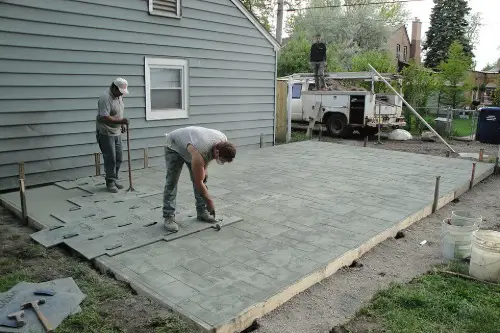
Lawns are out, and clean lines are in—especially if your outdoor space looks more like a courtyard in Soho than a suburban yard. Large-format pavers or smooth concrete pads signal an urban mindset. This is landscaping that prioritizes low-maintenance and minimalism over natural growth. It’s more about structure than soil.
Urban dwellers often crave control in tight spaces, and this approach mirrors that need. Concrete and pavers don’t change with the seasons—they stay neat and consistent. If your yard has more grout lines than green, you might be subconsciously recreating the city grid. It’s a statement of order in a world full of weeds.
3. Using Faux Turf Instead of Real Grass

Artificial grass is a favorite among former city dwellers who got used to synthetic everything—from rooftop lawns to indoor putting greens. It’s tidy, uniform, and doesn’t require mowing, which feels oddly luxurious after apartment life. Real lawns are messy and seasonal, while turf stays that perfect shade of green year-round. It’s the kind of decision that says you like the idea of nature more than the actual unpredictability of it.
Turf also reflects an aesthetic more aligned with display than interaction. Kids can’t dig in it, and pets often hate it in the summer heat. Still, it gives the same “green space” visual hit city parks aim for. You’re curating an illusion of outdoor living, just like the urban designers do.
4. Planting in Geometric Raised Beds or Steel Planters
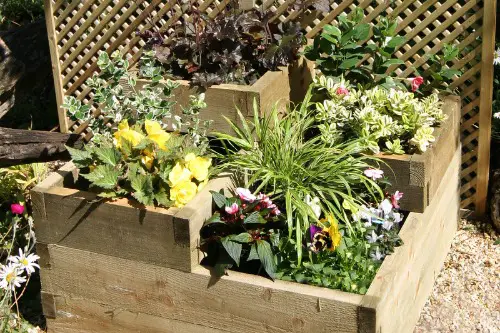
Raised beds with sharp corners and industrial edges echo the kind of green installations seen outside city cafés and apartment complexes. Cor-Ten steel and modern composite planters are clean, controlled, and usually match the outdoor furniture. If your plants are boxed in and your soil never touches your hands, you’re probably channeling your inner rooftop gardener. This is landscaping with boundaries.
The geometry of these beds says you admire nature but only in measured doses. It’s a practical design choice, yes—but also a visual nod to structure and restraint. Raised beds make gardening feel accessible, tidy, and almost like interior design. If you’ve ever described your tomatoes as part of your “aesthetic,” you might miss the city more than you think.
5. Choosing Plants That Don’t Attract Wildlife
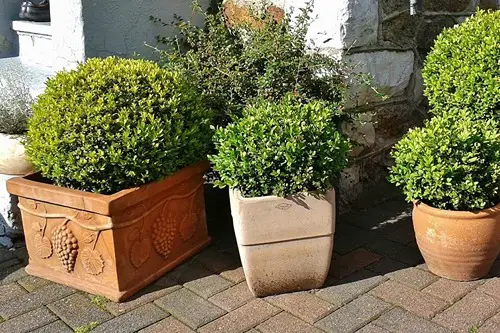
If your yard is full of sterile ornamentals—like boxwoods, ornamental grasses, or non-native tropicals—it’s not exactly an invitation to birds or bees. Many urban-inspired landscapes prioritize looks over ecological function. That may be because city life trains you to avoid wildlife, not invite it in. After all, raccoons and pigeons aren’t exactly friends.
Avoiding pollinator-friendly plants is a subtle way to keep nature at arm’s length. It makes your yard look manicured but also silent—no buzzing, chirping, or rustling leaves. In a way, that quiet resembles apartment living, where nature is visible but rarely heard. It’s not a bad choice, just a telling one.
6. Installing a Water Feature That Sounds Like a Hotel Lobby
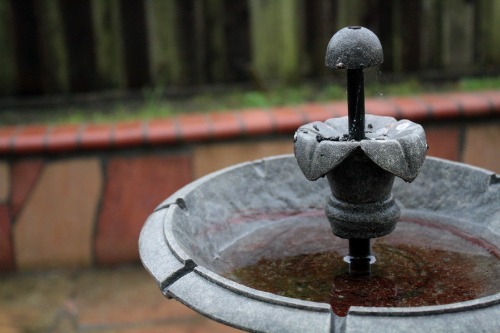
A bubbling column fountain or sculptural water wall is a distinctly urban landscaping move. These aren’t natural ponds or babbling brooks—they’re sound machines for the outdoors. Their purpose is less about ecology and more about masking ambient noise, just like fountains in city courtyards. If you’ve added one to your yard, it could be because silence makes you uneasy.
These fountains are designed to offer a sense of calm and modernity, not wildlife habitat. You won’t find frogs in them, and you’re not supposed to. The steady hum evokes indoor public spaces—think spas, galleries, or luxury lounges. It’s serenity on your terms.
7. Setting Up String Lights Like a Rooftop Party
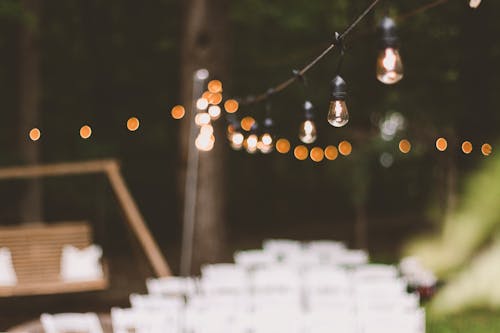
Twinkly Edison bulbs strung across your patio or yard scream “city evening vibes.” This is lighting designed more for social media than for safety. It turns any backyard into an event space, reminiscent of rooftop bars or pop-up venues. The glow is soft, romantic, and distinctly urban.
You’re not lighting a path for late-night gardening; you’re recreating the feel of a date night in Brooklyn. If your lights are timed to come on automatically at dusk, that’s pure urban convenience thinking. In the city, lights mean life is still happening—out here, they’re your way of keeping that spark alive. It’s less about stars, more about ambiance.
8. Putting Up a Privacy Wall That Doubles as Decor
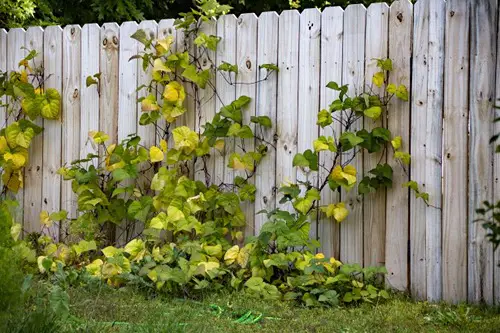
Tall fences covered in slatted wood, ivy, or decorative panels are a classic city move. In urban settings, privacy is currency, and the instinct to create barriers carries over into the suburbs. These walls are about visual separation more than security. It’s the backyard equivalent of closing your blackout curtains.
You may not have neighbors within arm’s reach, but the habit of shielding your life dies hard. Plus, these installations often double as Instagram backdrops or support for minimalist vines. If your outdoor area is more about creating a vibe than blending in, it’s a city habit resurfacing. Suburban yards are open—yours is curated.
9. Opting for Sculptural Furniture Over Comfortable Seating
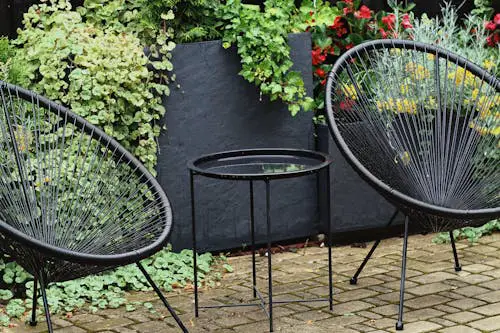
If your patio furniture is made of molded plastic, wire frames, or metal mesh, it’s likely more stylish than cozy. This is furniture you admire, not sink into. It’s the kind of seating you’d see at a downtown gallery café, not around a suburban fire pit. Urban aesthetics prize bold silhouettes and small footprints.
Comfort sometimes takes a backseat to form in city living, and your choices reflect that training. If you’ve passed up a plush sectional for a Bauhaus-inspired chair, that’s telling. You’re designing for visual impact, not napping. There’s nothing wrong with that—it just screams “city transplant.”
10. Installing a Vertical Garden
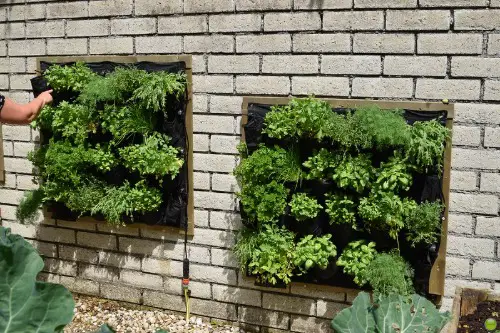
Wall-mounted planters or hydroponic towers aren’t just space-savers—they’re urban hacks for tight quarters. Vertical gardens originated in cities where horizontal real estate is scarce. If you’ve got a giant fence covered in perfectly aligned herbs, that’s not a country instinct. It’s city thinking, applied to a bigger canvas.
You likely learned how to maximize space, even when you now have more than you need. A vertical garden says you still think in square footage terms. It’s functional, yes, but also familiar—like fire escapes lined with pots. Nature, but arranged.
11. Adding Outdoor Speakers for Background Music
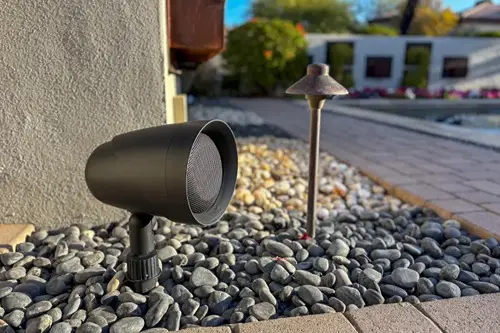
Installing built-in outdoor speakers is a move straight from the city playbook. It’s all about setting a tone, managing a vibe—things you master when you live above a bar or near constant sirens. In the suburbs, quiet is normal; in the city, silence can feel eerie. So you fill it with music.
This setup creates continuity between indoor and outdoor life, something essential in apartment living. It’s like piping the same playlist from your kitchen to your patio to keep the party—or the mood—going. Nature might offer birdsong, but maybe that’s not quite your tempo. Instead, it’s jazz and house beats at golden hour.
12. Keeping Everything in Planters (Even Trees)
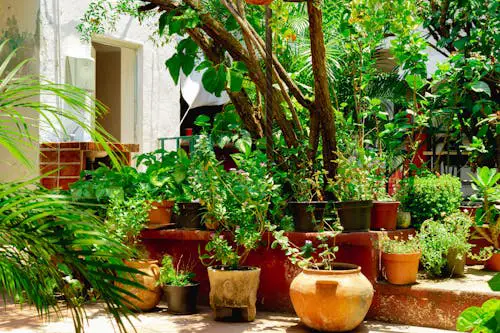
If your entire landscape can theoretically be rearranged with a dolly and a strong friend, that’s a city mentality. Container gardening is born from necessity—balconies, stoops, and roof decks don’t allow in-ground planting. So if your yard features potted trees and raised vessels instead of flowerbeds, it’s likely a habit carried over. You’re keeping your options open.
Planters are portable, seasonal, and often expensive—just like city conveniences. They allow you to control soil, drainage, and placement in ways a yard doesn’t demand. But this flexibility mirrors apartment life more than rural permanence. It’s landscaping with a lease mentality.
13. Going Big on Gravel Instead of Grass
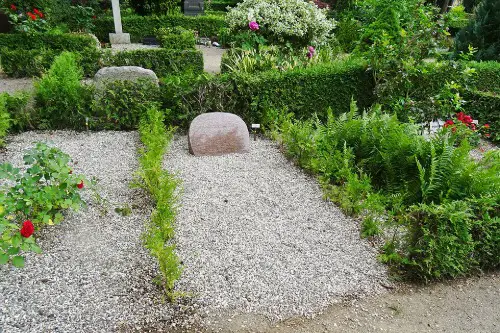
Swapping a lawn for gravel or decomposed granite is a bold, drought-tolerant move—but it’s also a familiar one to city-dwellers. Gravel is low-maintenance, modern, and often used in urban outdoor restaurants and parklets. It crunches underfoot and pairs well with minimal furniture and modern planters. It’s a designed space, not a playful one.
Grass invites games and barefoot lounging, while gravel sets limits. It’s more gallery than playground. If your yard looks like an architectural rendering, that’s no accident. You’re curating, not cultivating.
14. Designing “Zones” Instead of One Big Open Space
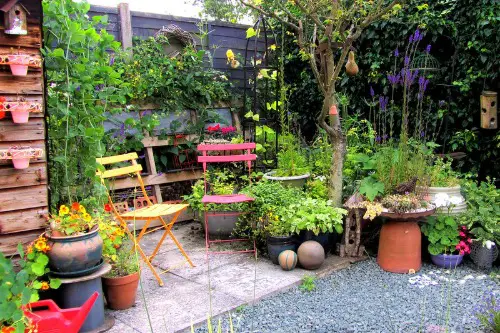
Breaking your yard into defined “zones”—a dining area, a lounge area, a play spot—feels natural to someone used to making the most of 600 square feet. Urban living teaches you to assign function to every square inch. So when your quarter-acre lot has the same compartmentalization, it’s a tell. You’re thinking like a city planner.
This approach makes sense but often results in a yard that feels more modular than organic. Nature doesn’t work in zones, but urban life does. It’s practical, efficient, and often beautiful—but it’s also a sign you never stopped living like space is scarce. Maybe you miss the rhythm of a city blueprint.
This post 14 Landscaping Choices That Suggest You Miss Living in the City was first published on Greenhouse Black.
